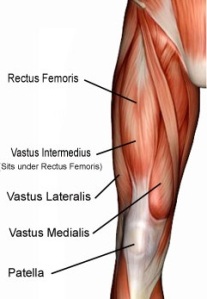Ankle instability can mean the end of a career or passion.
Micro motion in the ankle can led to additional injuries and accelerate the degenerative process as discussed in Ortho 2.0.
Stem cell treatments are an alternative to ankle surgery. CK is a case in point.
CK is active equestrian and ballet dancer who sustained a severe ankle sprain who presented to the Centeno-Schultz with a 4 month history of ankle instability and pain. Her symptoms were progressive in nature , exclusively located over the lateral aspect of the ankle and refractory to conservative care. MRI was signficant for complete rupture of the anterior talofibular ligament and Grade 2 sprain of the calcaeofibular ligament.
The importance of the anterior talofibular and calcaneal fibular ligament has been discussed in a prior blog.
CK underwent ultrasound guided injections of both prolotherapy and Regenexx PL and SCP with significant improvement. Initial MRI of ankle noted a complete rupture of ATF whereas followup studies demonstrated a thick and wavy ATF ligament. Pre and post MRI images will be posted at a later time. Most importantly CK avoided a surgery and is back to her passions: dancing and riding. Congratulations!!




